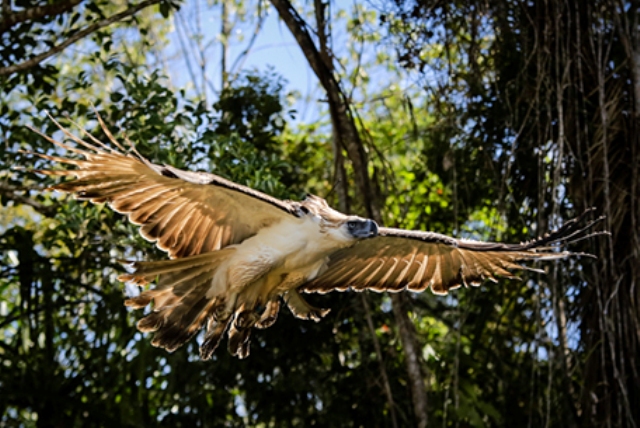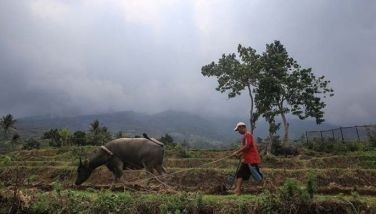International body adopts Philippine declaration on wildlife protection

Drafted by the Philippine delegation led by the Department of Environment and Natural Resources, the Manila Declaration acknowledges the significant contribution of migratory wildlife to sustainable development, especially in the areas of agriculture, forestry, fisheries, tourism, energy, transport and trade. Philstar.com/File photo
MANILA, Philippines — The United Nations-backed Convention on the Conservation of Migratory Species of Wild Animals (CMS) has adopted a resolution drafted by the Philippines, which recognizes the role of migratory wildlife in achieving the global Sustainable Development Goals (SDGs) for 2030 set by the UN.
The resolution, dubbed as the “Manila Declaration,” calls on the 124 countries, which are signatories to the CMS, to development frameworks and implement relevant plans that would harmonize the CMS' goals on wildlife protection with the 17 SDGs identified by the UN in 2015.
Drafted by the Philippine delegation led by the Department of Environment and Natural Resources, the Manila Declaration acknowledges the significant contribution of migratory wildlife to sustainable development, especially in the areas of agriculture, forestry, fisheries, tourism, energy, transport and trade.
As such, the resolution also calls on the private sector to engage in dialogue to align their company policies with the objectives of the CMS and to promote active participation of indigenous and local communities in the sustainable management of resources.
The resolution will be submitted to the UN General Assembly, UN High-Level Political Forum on Sustainable Development and the Third Meeting of the UN Environment Assembly.
“This serves as an important milestone in our common struggle to safeguard migratory species and their habitats as we seek to pursue sustainable development,” DENR undersecretary Ernesto Adobo Jr. said.
“The Manila Declaration should spur decision and actions that would cascade benefits that deliver the security of migratory species, and therefore, our future,” he added.
The declaration was adopted by the Conference of Parties (COP) to the CMS on Sunday, the last day of its week-long 12th Convention held in Manila from October 23 to 28.
Under the resolution, the CMS Secretariat based in Bonn, Germany, is tasked to collect relevant data and information and to compile a report detailing the link between migratory species and sustainable development.
The CMS, is the only global treaty under the UN Environment Program exclusively established for the “conservation and management of terrestrial, marine and avian migratory species throughout their range.”
The COP, its main decision-making body, meets every three years to adopt policies and laws and propose new species under the CMS framework. India is set to host the next conference in 2020.
In one of the panel discussions during the week-long COP convention, DENR Biodiversity Management Bureau director Theresa Mundita Lim stressed the link between wildlife conservation and sustainable development. She said that a healthy population of migratory species can contribute to food sufficiency, pollination, pest control, as well as potential medicinal source, among others. She said migratory species can also boost eco-tourism.
In a convention held in New York City in September 2015, the 193 UN-member states including the Philippines, adopted the 2030 Agenda For Sustainable Development, which primarily seeks to eradicate poverty “in all its forms and dimensions.” The Agenda also recognizes the need for to integrate and balance the three dimensions of sustainable development: the economic, social and environmental.
Among the 17 SDGs listed in the Agenda were to “end hunger, achieve food security and improved nutrition and promote sustainable agriculture; ensure sustainable consumption and production patterns; conserve and sustainably use the oceans, seas and marine resources for sustainable development; and protect, restore and promote sustainable use of terrestrial ecosystems, sustainably manage forests, combat desertification, and halt and reverse land degradation and halt biodiversity loss.”
- Latest
- Trending

































